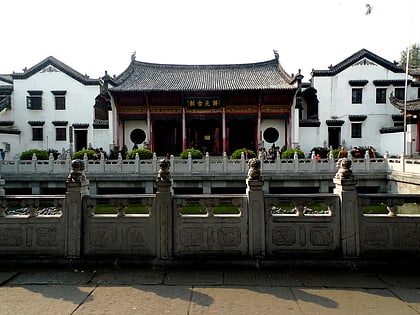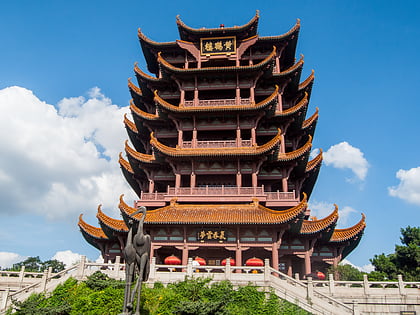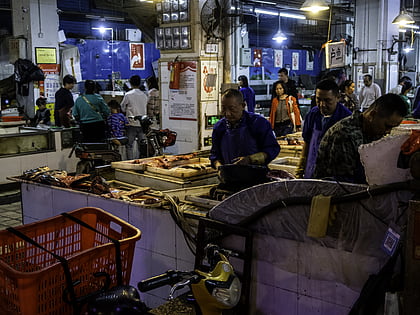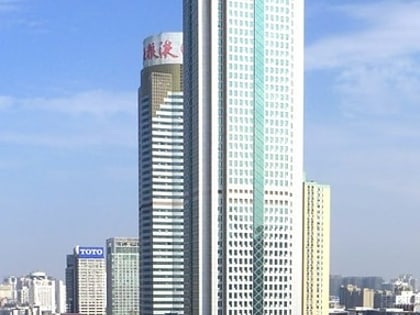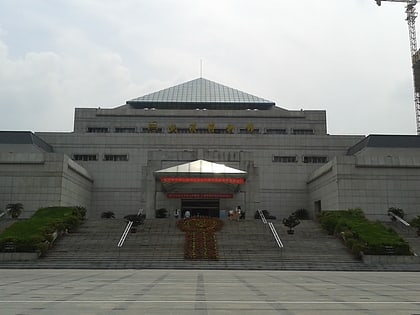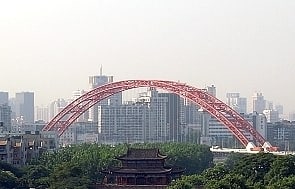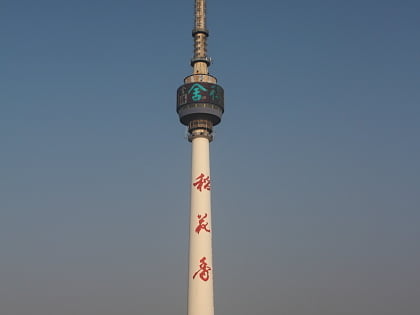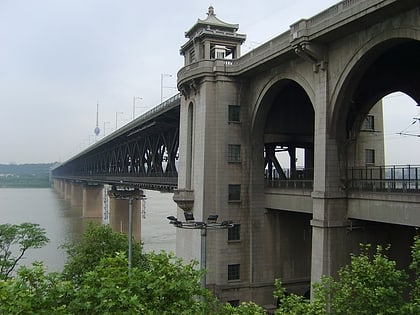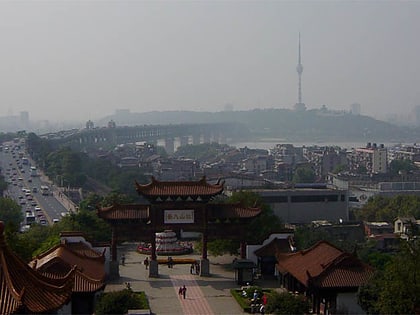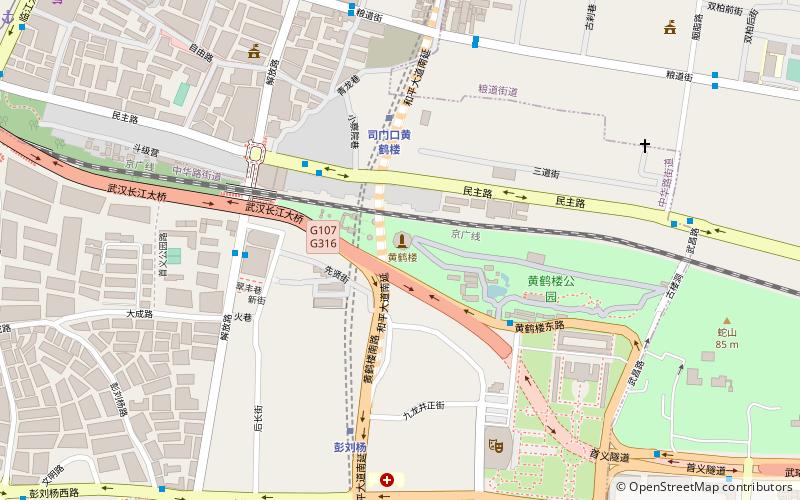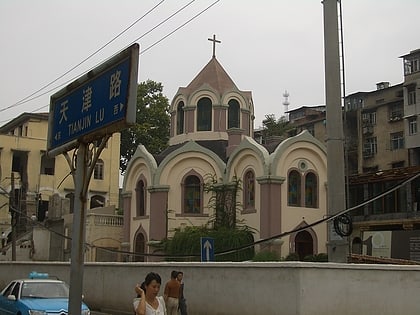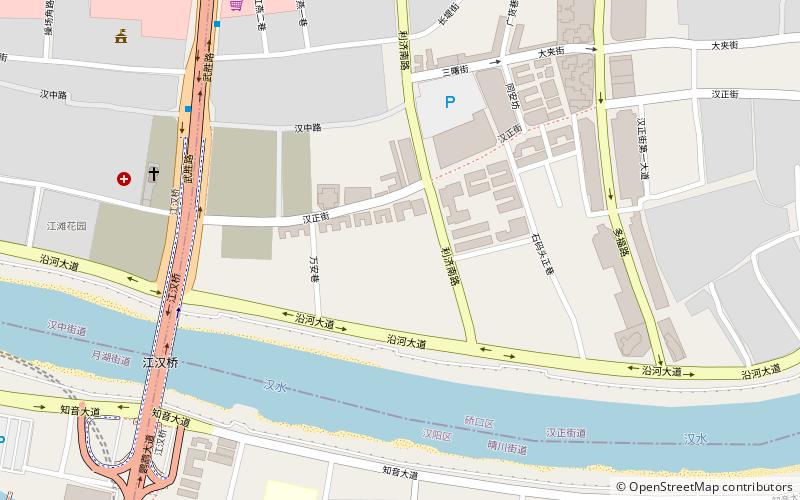Guiyuan Temple, Wuhan
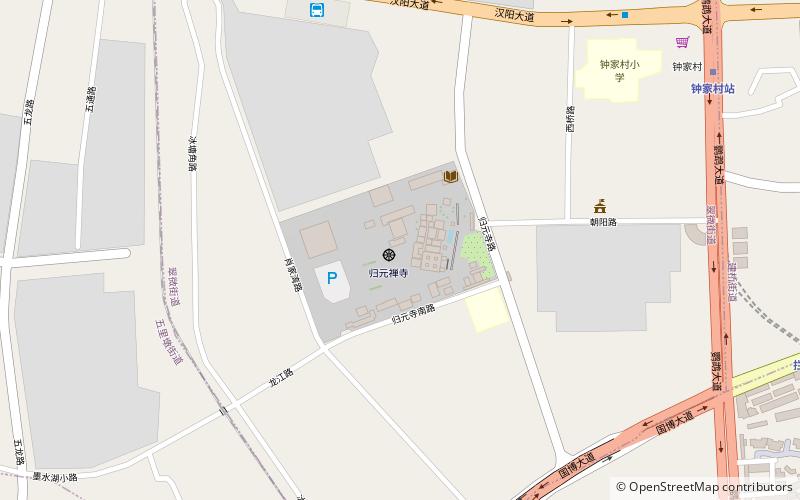
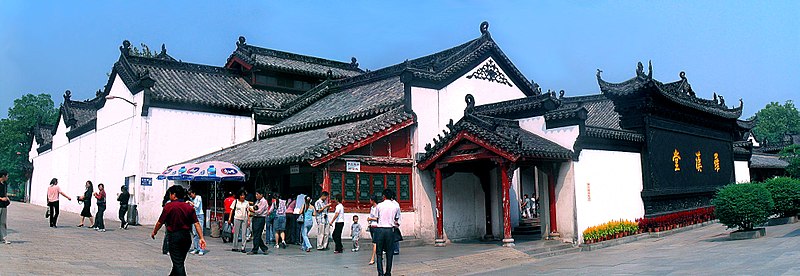
Facts and practical information
Nestled in the bustling heart of Wuhan, China, the Guiyuan Temple stands as a serene oasis of spiritual tranquility and architectural splendor. This revered Buddhist temple, established in the early Qing Dynasty during the year 1658, has become a cornerstone of cultural heritage and a testament to the enduring legacy of Buddhist art and practice in the region.
Spanning an impressive area, the Guiyuan Temple is renowned for its meticulous design and the harmonious balance of its courtyards, halls, and gardens. The temple complex is laid out in a symmetrical pattern, reflecting the traditional Chinese belief in cosmic order and balance. Visitors are often captivated by the temple's grandeur, which includes intricately carved statues, ancient stelae, and exquisite murals that depict scenes from Buddhist scriptures and lore.
One of the most significant features of the Guiyuan Temple is its collection of Buddhist statues. The temple houses over 500 arhat statues, each one uniquely sculpted with expressive features and postures that represent different human emotions and characters. These lifelike figures are not only a marvel of artistic craftsmanship but also serve as a spiritual guide for devotees and tourists alike, who seek to understand the depth and diversity of Buddhist philosophy.
The temple is not only a site of artistic wonder but also a living center of Buddhist worship and learning. Monks clad in traditional robes can be seen chanting sutras and performing rituals, adding to the temple's sacred atmosphere. The Guiyuan Temple also plays a pivotal role during significant Buddhist festivals, attracting throngs of pilgrims and visitors who come to pay homage and seek blessings.
Wuhan
Guiyuan Temple – popular in the area (distance from the attraction)
Nearby attractions include: Yellow Crane Tower, Huanan Seafood Wholesale Market, Wuhan World Trade Tower, Wuhan Museum.
Frequently Asked Questions (FAQ)
How to get to Guiyuan Temple by public transport?
Bus
- 汉阳汽车客运站 (9 min walk)
- 汉阳大道汉阳火车站 • Lines: 537 (11 min walk)
Metro
- Zhongjiacun • Lines: 4, 6 (12 min walk)
- Lanjiang Road • Lines: 4 (14 min walk)
Train
- 汉阳 (15 min walk)
